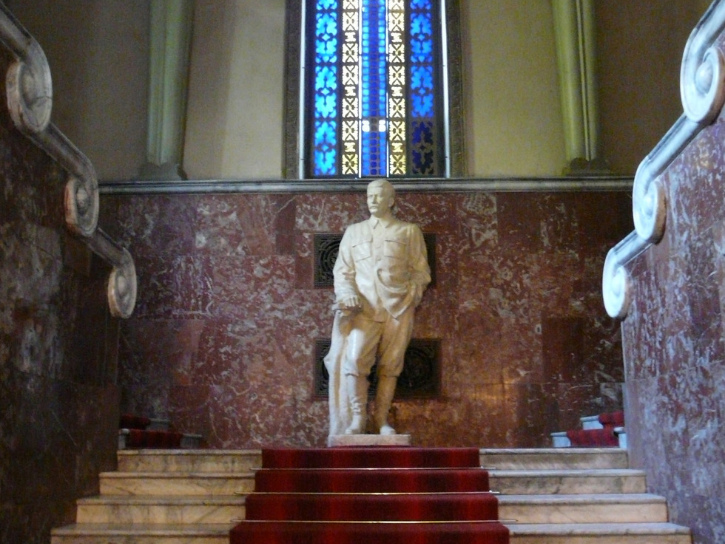The Stalin Museum in Gori (Georgia)| Picture: Oriol López, EUROM
By Oriol López Badell, coordinator of the European Observatory on Memories (EUROM), University of Barcelona’ Solidarity Foundation.
The region known as the South Caucasus comprises the former Soviet republics of Georgia, Armenia, and Azerbaijan. All of them became independent states in 1991 with the fall of the USSR. This territory, stretching south of the Caucasus mountains, represents an important geo-strategic enclave between the Black Sea and the Caspian Sea, and the powers of Russia, Turkey, and Iran. Thus, throughout history, the region has undergone constant invasions that have led to violent conflicts, multiple shifts in borders, and population flows that continue to the present day; episodes that are reflected in the history museums and memorials of these countries.
If we categorize these museums as observers, we could divide them into two groups: those that were created during the Soviet era, and those of new creation, often with an uninhibited nationalistic discourse. The first group undoubtedly includes the Stalin Museum in Gori (Georgia), his hometown. It was inaugurated in 1957, four years after the Soviet leader’s death, and is an imposing two-storey white stone building at the top of a large avenue also bearing the name Stalin. Just in front of the main entrance is the humble birthplace of the former First Secretary of the Communist Party of the USSR, crowned by a neoclassical structure that ennobles it and protects it from the inclement weather. Inside the museum, the permanent exhibition has remained virtually intact since its creation and is articulated as a complete tribute to Gori’s most “illustrious” son, including paintings dedicated to his figure, personal photographs, a vast collection of gifts from leaders of other countries, and even his funeral mask. A tiny room has recently been opened in the gap beneath the main staircases, where a simple art installation refers to Stalin’s purges and pays tribute to the victims of the Gulag. According to the English guide, which during the visit also mentions the darkest face of Stalin, the Georgian Ministry of Culture has a project to reform the museum, although a clear execution date has not yet been established. The visit ends in the luxurious train carriage in which Stalin traveled to the Tehran, Yalta and Potsdam Conferences, which was integrated into the museum in 1985. By the way, in the small shop in the hall, you can buy all kinds of objects with Stalin’s image: busts, cups, magnets, keyrings, liquor bottles, etc.
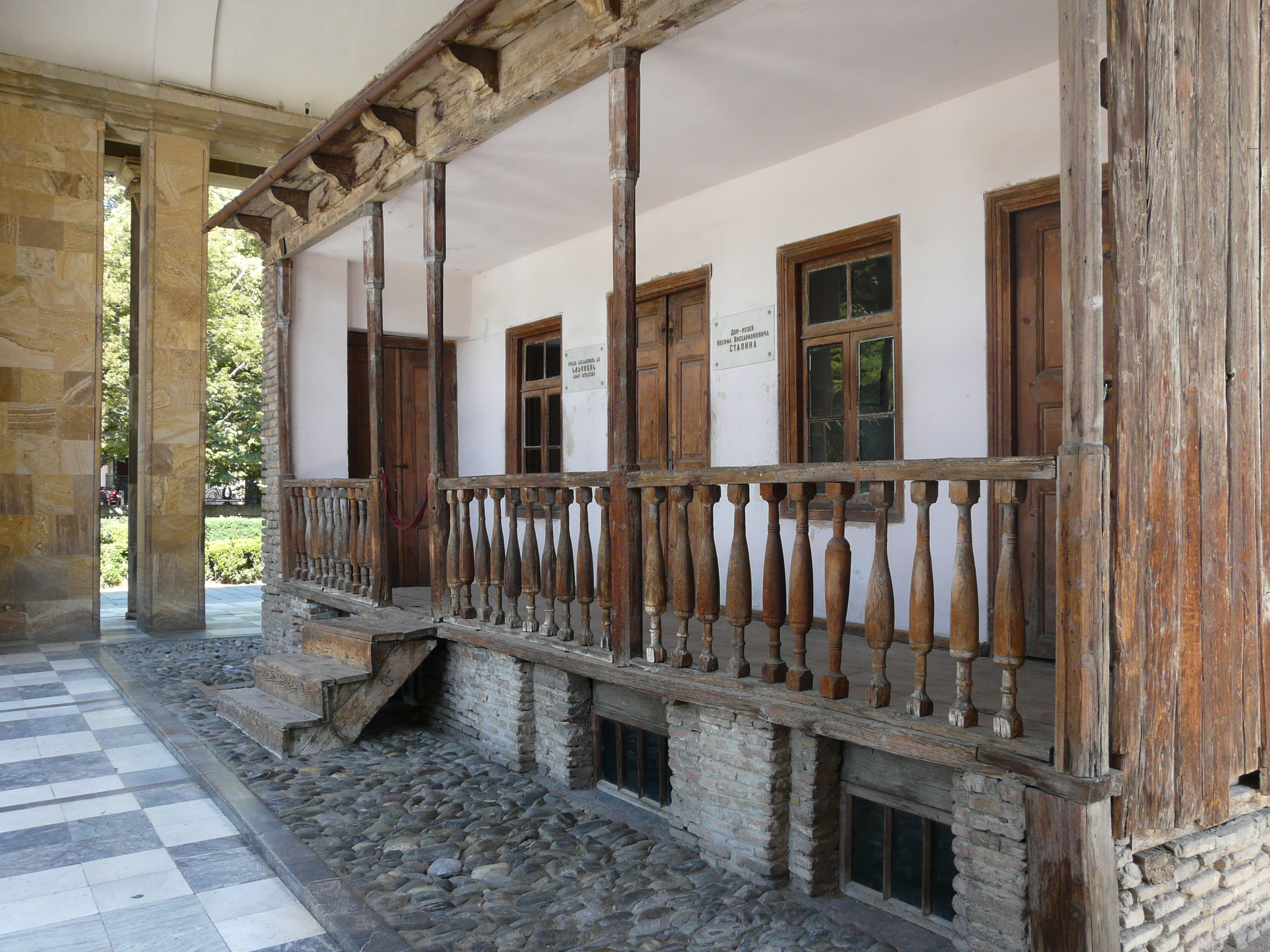
On the other hand, in the Georgian capital, Tbilisi, there is the Georgian History Museum, renowned for its important archaeological collection dating from the 3rd century BC onwards. On the fourth floor of the building, we can visit the permanent exhibition called “Soviet Occupation”, which was opened in 2006 and focuses on the period 1921-1991. As the title suggests, the exhibition offers a critical view of the time when the country was part of the USSR. In the first room, there is a train carriage with numerous bullet holes in which dozens of Georgians who rebelled against the communist regime in 1924 were shot, and hundreds of names of other people who were executed on the orders of Moscow fill the room walls. Other large-format objects, such as prison cell doors, and an extensive collection of archival documents, relate a clear discourse on the “political and cultural oppression during the Soviet era” that the country lived through until independence in 1991 with an important mention of clandestine resistance. At the end of the exhibition, there is a large screen with images of the 2008 war between Georgia and Russia for the control of South Ossetia, the region in Georgian territory that self-proclaimed its independence when the USSR disappeared, and now enjoys Moscow’s support.
In neighbouring Azerbaijan, we also find museums of the two categories. In Baku, for example, we can visit the National Museum of History, located in a wonderful nineteenth-century mansion in the heart of the Azeri capital. It was first opened in 1920 as the Museum of the History of the Azerbaijani Soviet Republic and is now home to an extensive collection depicting every stage of the country’s history. The exhibition has been partially renovated in a humble way, it does not incorporate modern museographic artifacts, but it does have texts in Russian and English. Although the story does not show nostalgia for communism, it does not express an open criticism towards Moscow, and the bitterest discourse is reserved for explanations regarding territorial clashes with its Armenian neighbors throughout the 20th century. The museum uses (to the surprise of many foreign visitors, I assume) the term “genocide” to refer to the thousands of Azeri deaths at the hands of the Armenian Soviets between 1918 and 1920 when they occupied Baku. A “genocide” that, according to this exhibition account, would be repeated in 1992 with more deaths among the civilian population of Nagorno-Karabakh, a still disputed territory between Armenia and Azerbaijan.
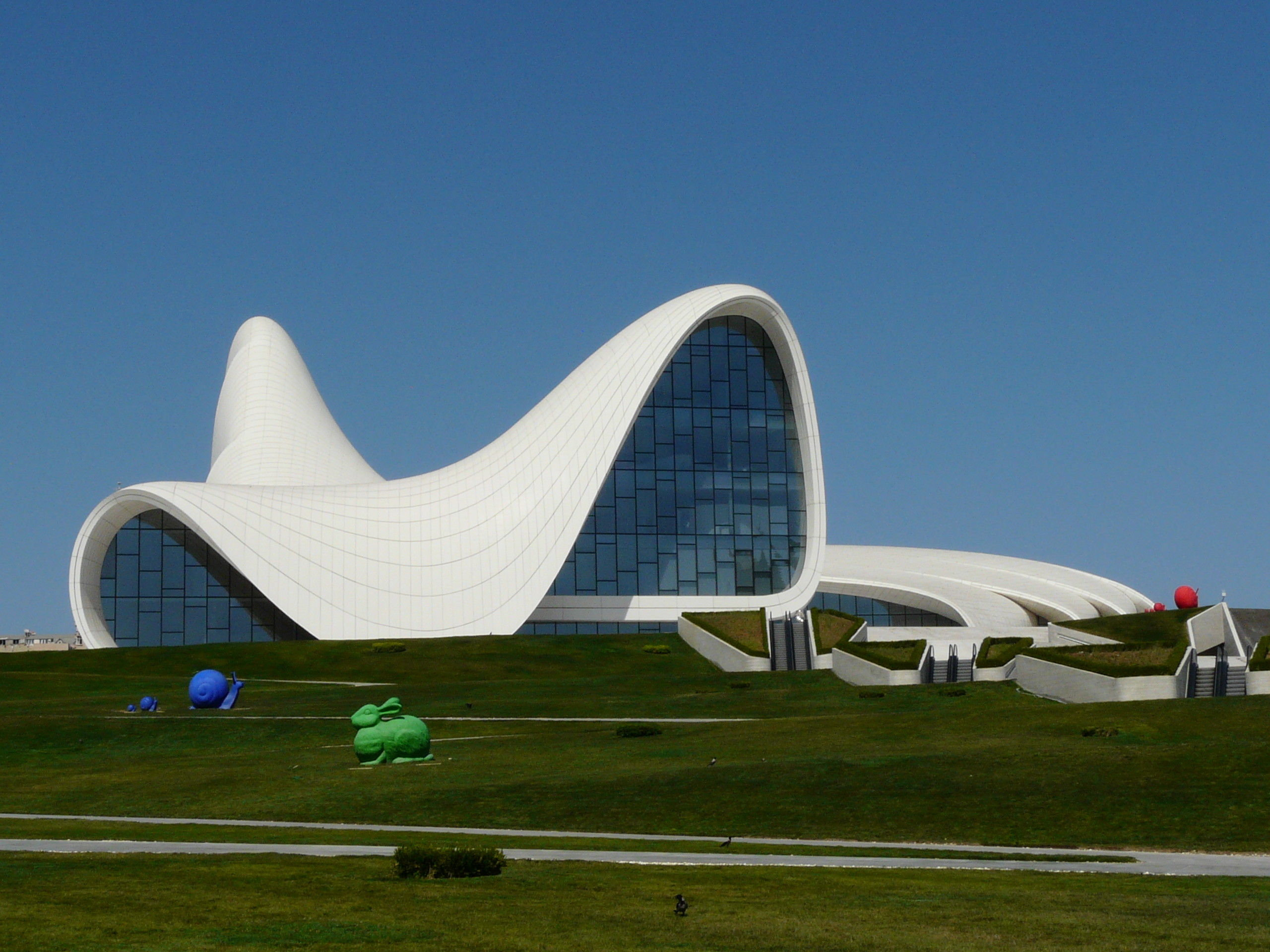
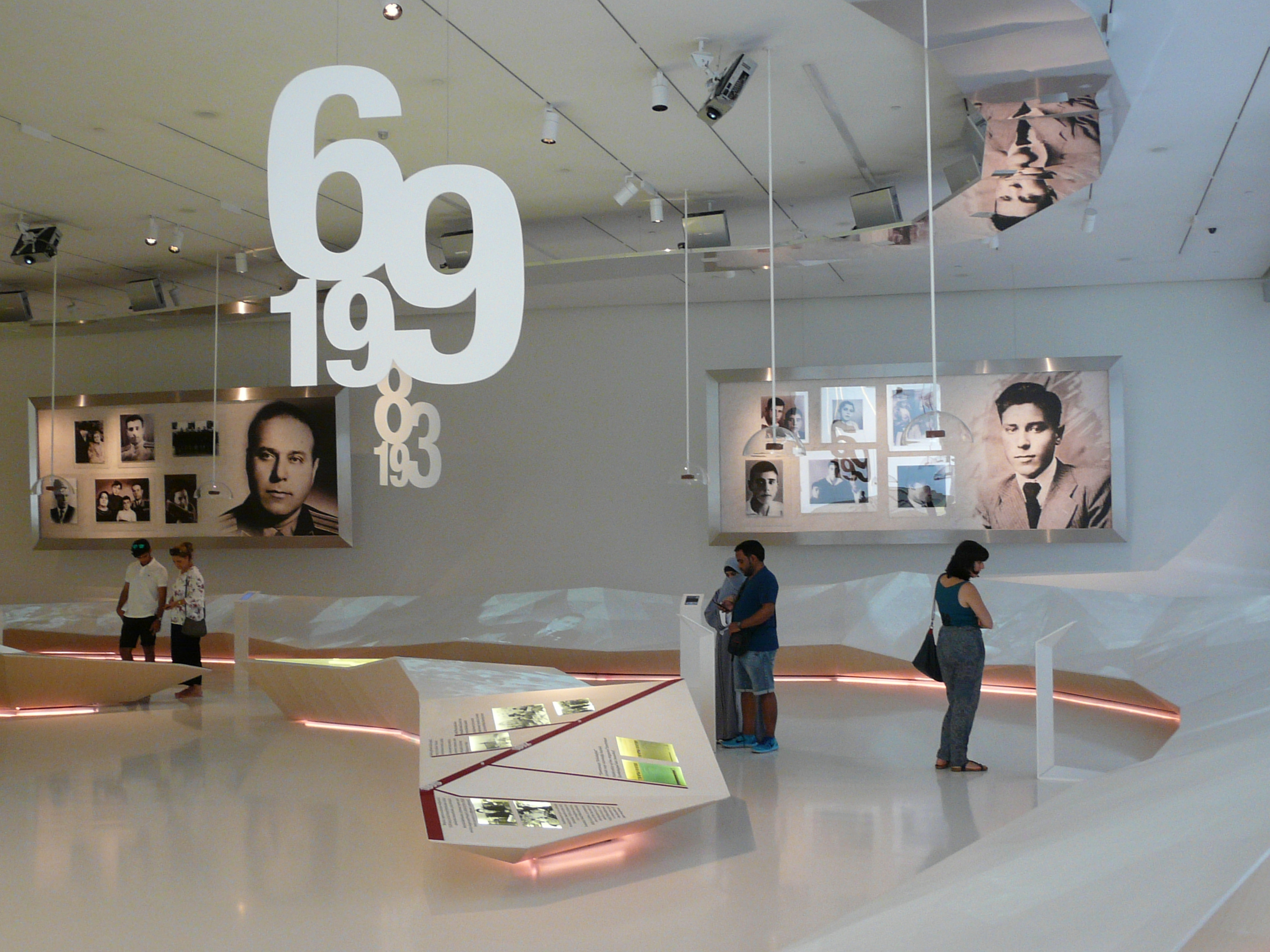
Also in Baku, but at the opposite end in terms of museum facilities, we find the Heydar Aliyev Centre, a true jewel of contemporary architecture signed by Iraq Zaha Hadid. Part of this huge complex houses the brand-new Heydar Aliyev Museum, in memory of the former leader of the Communist Party of Azerbaijan during the Soviet era, and member of the Politburo of the USSR who, above all, is remembered as the national leader of the post-Soviet Azerbaijan, judging by the numerous statues and photographs of him that are all over the country. The permanent exhibition, distributed over three floors, shows Aliyev’s life with all kinds of audiovisual resources of the latest generation and follows a completely personalistic discourse. Aliyev is depicted as the leader who led the country to its maximum growth thanks to an economy sustained by trading the oil extracted from the Caspian Sea. Aliyev, declared president in 1993, did not quit the presidency until his death in 2003; he was succeeded by his son Ilham Aliyev in an election that did not meet the necessary transparency according to some international observers, although this is not mentioned in the exhibition.
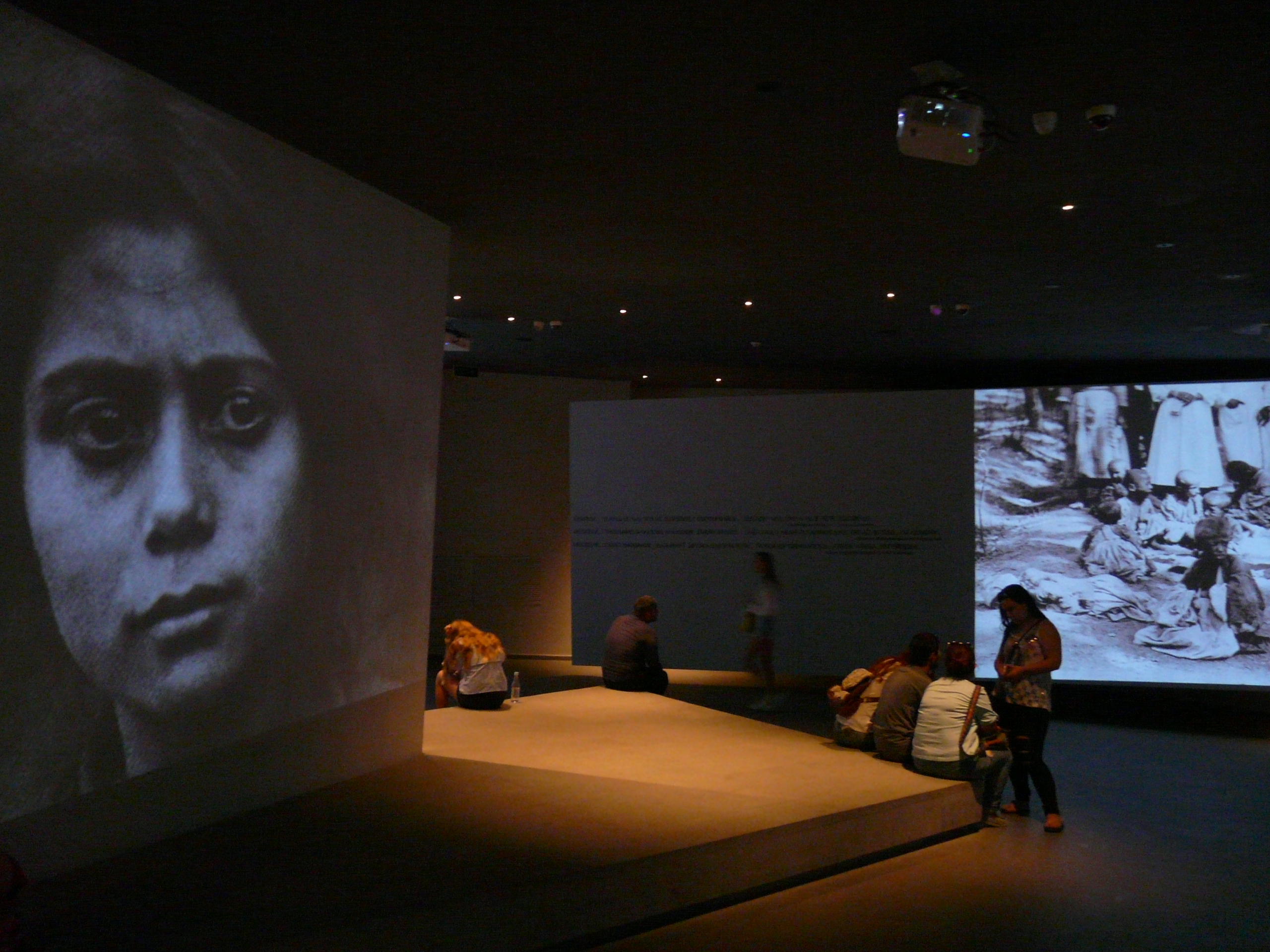
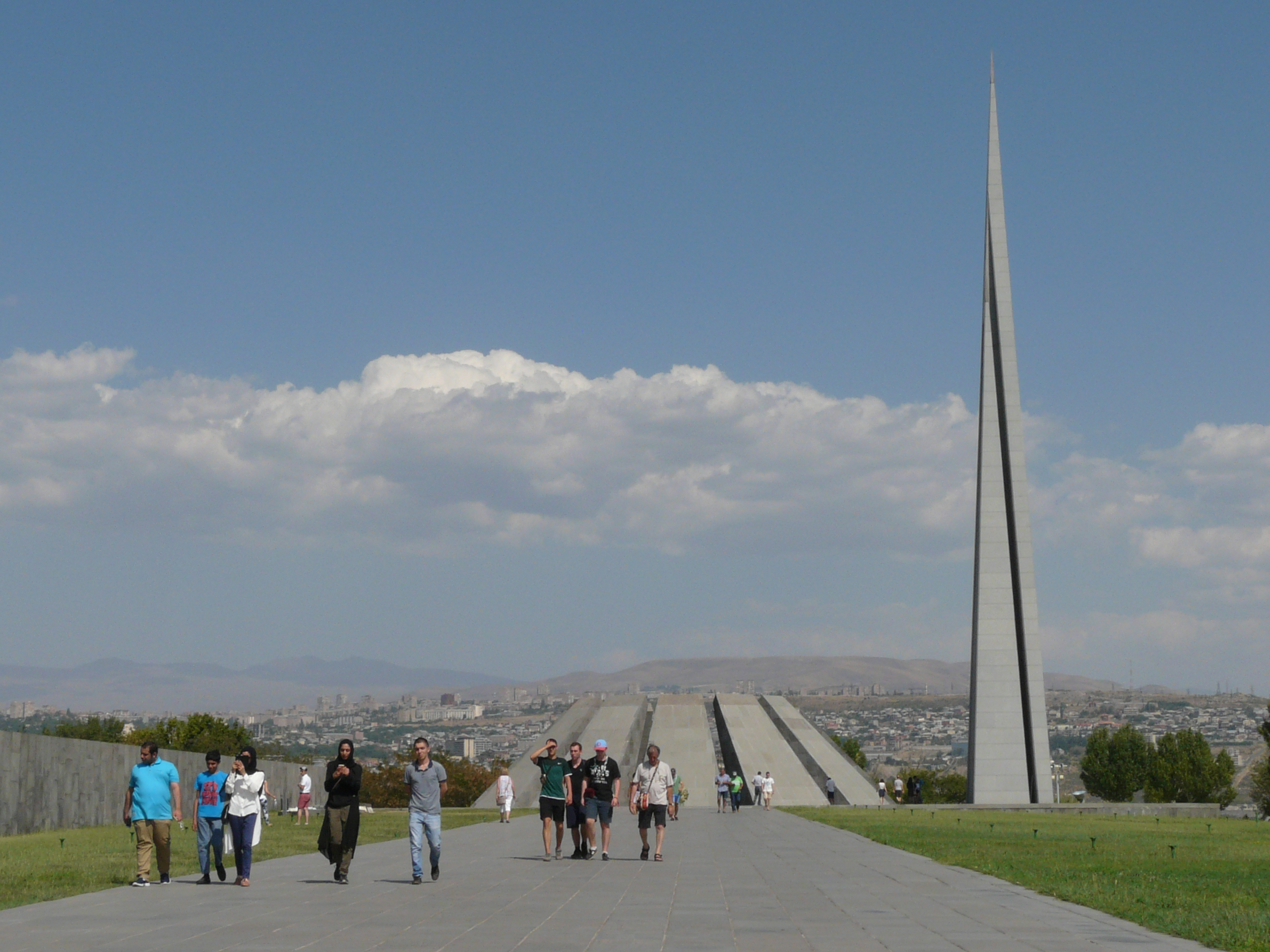
We end this trip throuhg the history museums of the South Caucasus in Yerevan, where the Armenian Genocide Museum and Memorial are located. Nestled on the hill of Tsitsernakaberd, the complex is a mixture of old and new; it has a memorial space opened in 1967 amid the Soviet era, and a museum that was launched in 1995 and renovated in 2015, coinciding with the centenary of the genocide. The permanent exhibition begins with a legalistic definition of the concept “genocide” and goes on to explain the antecedents, development, and consequences of the crimes committed at the beginning of the 20th century against the Armenians of the Ottoman Empire by the Young Turks regime. A modern museography, sometimes perhaps too dark, containing undoubtedly crude images of the killing of children and adults, leads the visitor to a state of mourning that may deeply affect his/her spirits. Outside, separated by a wide asphalted promenade, we find the memorial designed in the 1960s, created upon the request of Armenian historians and leaders to the Central Committee of the Communist Party of the USSR. Said request was supported by the demonstrations of thousands of citizens in the streets of Yerevan. Its nucleus is formed by a round base containing an eternal flame where visitors lay flowers, surrounded by twelve slabs of dark stone that symbolize the twelve “lost” provinces of Greater Armenia that are now part of Turkey. The ensemble is crowned by a 40-meter high pinnacle symbolizing the rebirth of the Armenian nation; in the background, there is the Ararat, the sacred mountain of the Armenian people, which are now also in Turkish territory. Once again, in the Caucasus region, as in so many others, the memory of the conflict transcends the walls of the museum and is projected to the present day.
